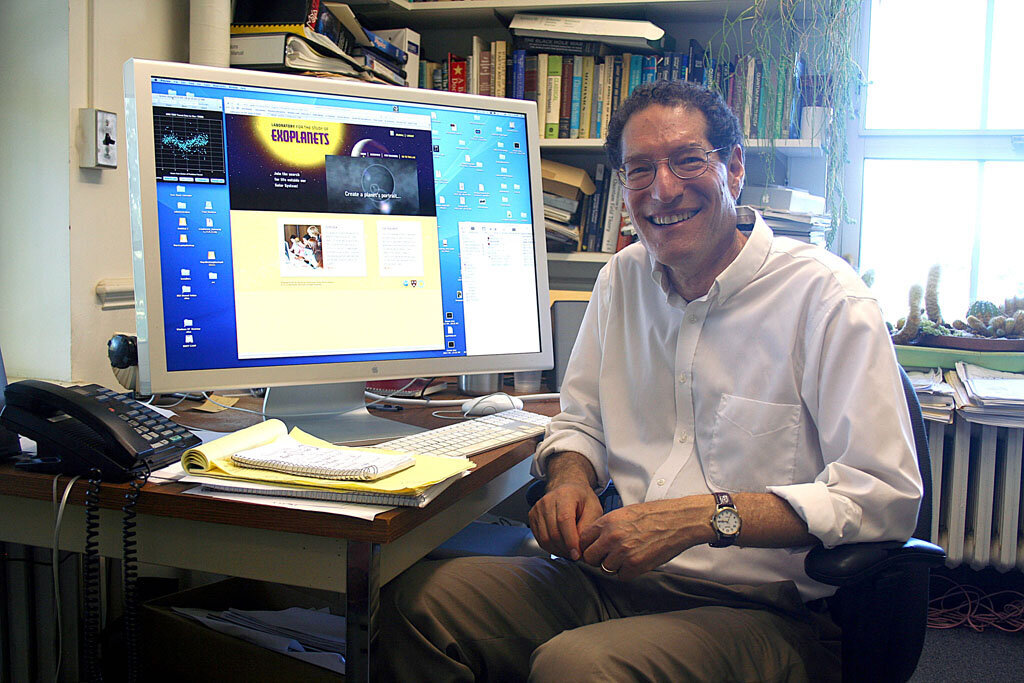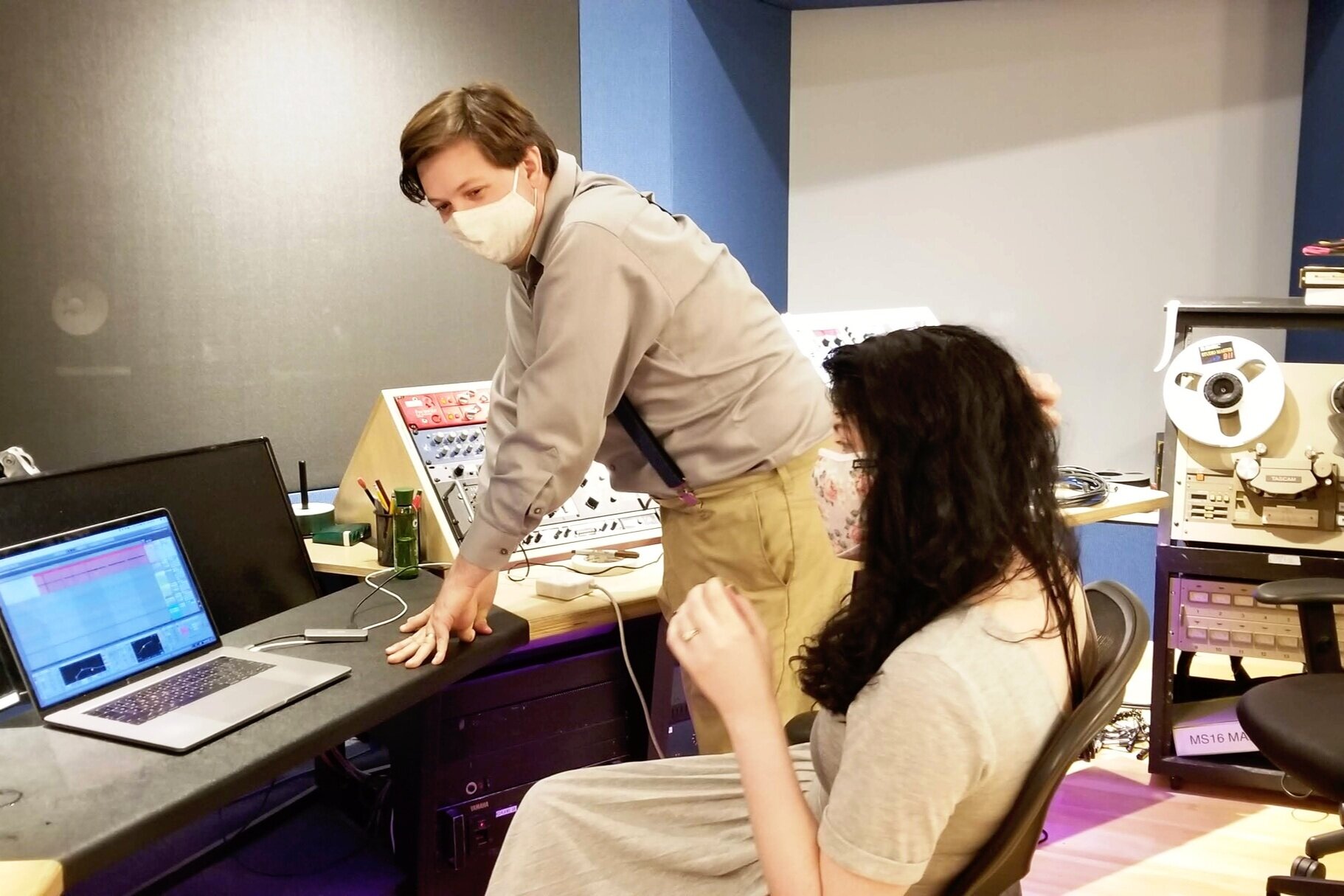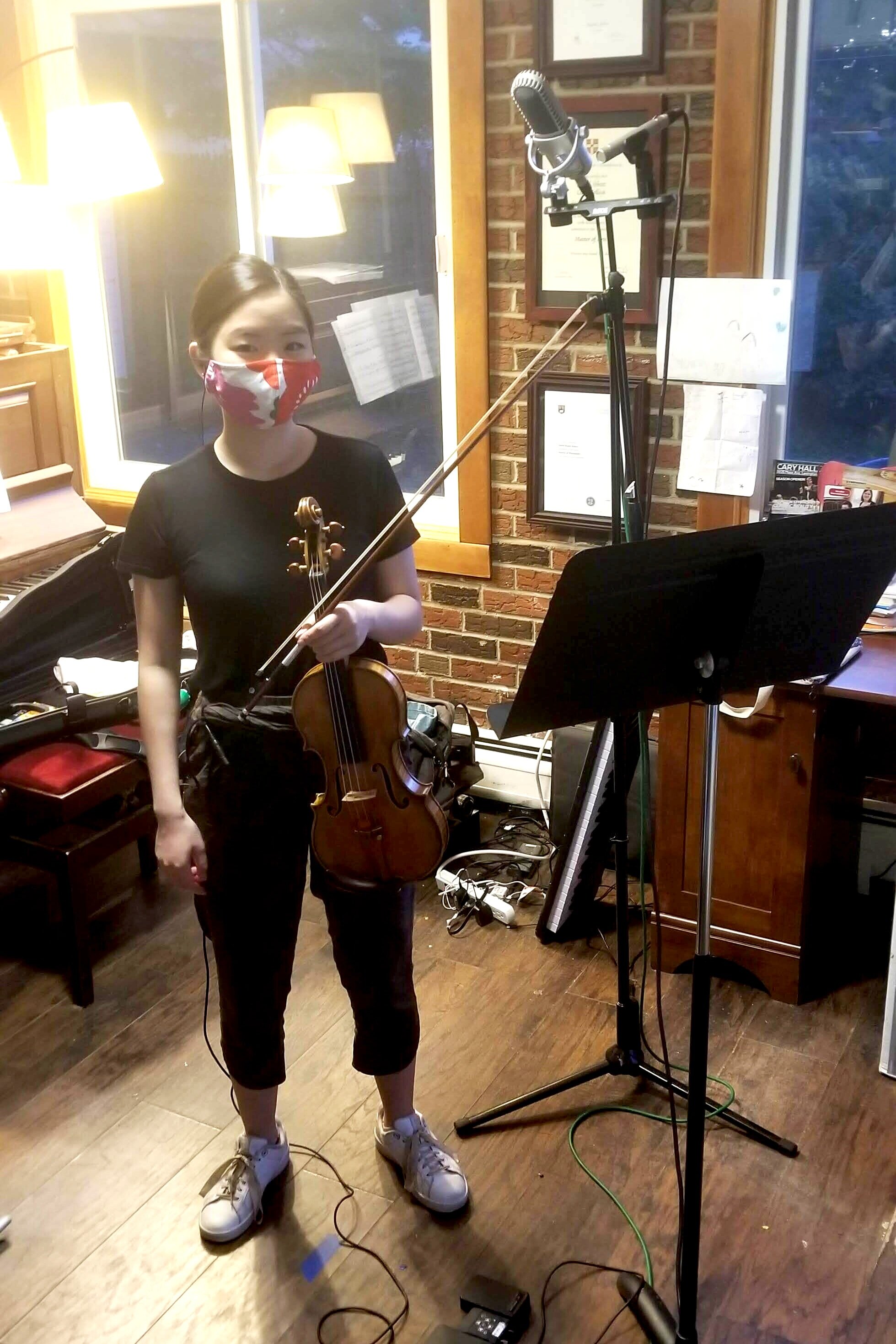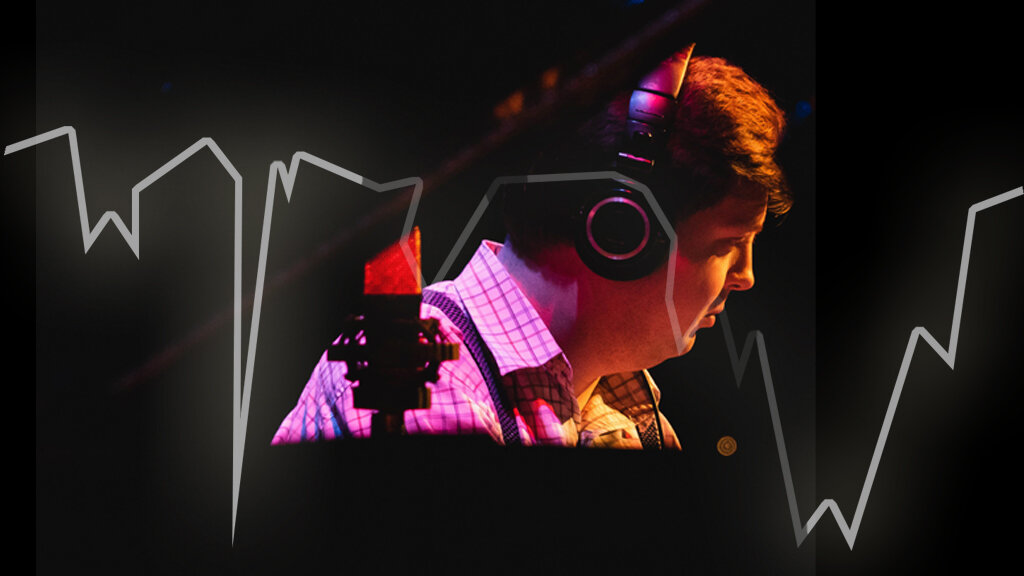The Songs - Gallery - Album Artist
The Science - Press - Credits
New Scientist’s February 2021 “Don’t Miss: Listen”
Read about OOL in “Nature: The Sound of Stars”
Astronomy “Octave of Light” turns exoplanet data into music
Over 4,000 exoplanets have been discovered.
Are any home to life?
Produced by David Ibbett & Beth Sterling, Mastered by Bob Ludwig,
Presented by Multiverse Concert Series












































